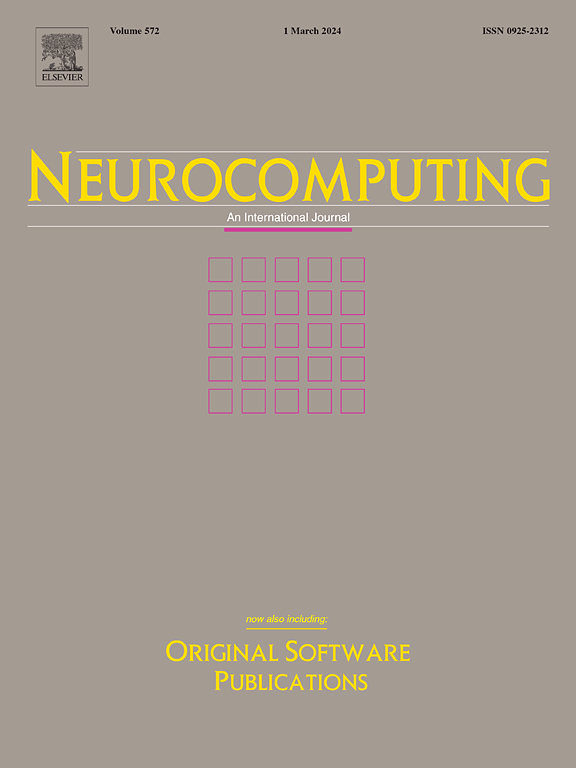Texture dominated no-reference quality assessment for high resolution image by multi-scale mechanism
IF 5.5
2区 计算机科学
Q1 COMPUTER SCIENCE, ARTIFICIAL INTELLIGENCE
引用次数: 0
Abstract
With the rapid development of new media formats, various high-definition display devices are ubiquitous, and high-resolution (HR) images are essential for high-quality visual experiences. Quality assessment of HR images has become an urgent challenge. However, conventional image quality assessment (IQA) methods with good performance are designed for low-resolution (LR) images, which lacks the perceptual characteristics of HR images, resulting in difficult to achieve satisfactory subjective consistency. Moreover, huge computational costs would have to be consumed when applying those deep neural networks in LR-IQA directly to HR images. Inspired by the fact that regions with rich textures are more sensitive to distortion than others, texture dominated no-reference image quality assessment for HR images are proposed in this paper. Specifically, a dual branch network based on multi-scale technology was designed to extract texture and semantic features separately, and cross scale and dual dimensional attention were introduced to ensure the dominance of texture features. Then, multi-layer perception network is used to map the extracted quality perception feature vectors to the predicted quality score. Worthy of note is that local entropy has been calculated and representative blocks are cropped as inputs to the feature extraction network, greatly reducing computational complexity. Overall, the texture dominated high-resolution IQA network (TD-HRNet) proposed utilizes a reference free method, while could perform excellently on HR datasets of different sizes, image types, and distortion types, accurately predicting the quality of different types of HR images.

求助全文
约1分钟内获得全文
求助全文
来源期刊

Neurocomputing
工程技术-计算机:人工智能
CiteScore
13.10
自引率
10.00%
发文量
1382
审稿时长
70 days
期刊介绍:
Neurocomputing publishes articles describing recent fundamental contributions in the field of neurocomputing. Neurocomputing theory, practice and applications are the essential topics being covered.
 求助内容:
求助内容: 应助结果提醒方式:
应助结果提醒方式:


